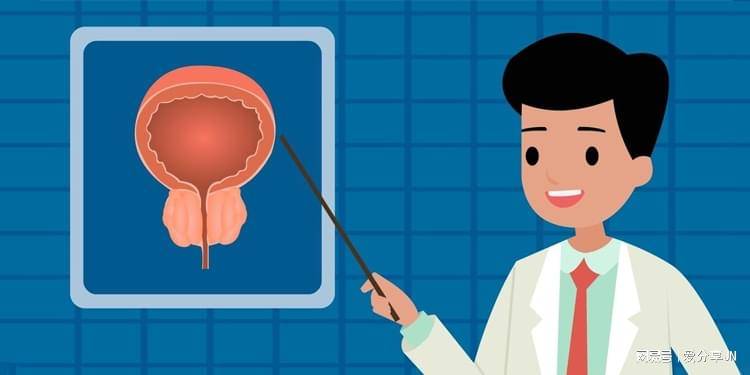When many people experience frequent urination, urgent urination, and painful urination, they tend to think about the prostate. The prostate has a shape similar to an upside-down chestnut, commonly referred to as a conical body in medical books. The normal dimensions of the prostate are approximately 4 cm in diameter, 3 cm vertically, and 2 cm in anteroposterior diameter, located at the bottom of the pelvic cavity. Above it is the bladder, below it is the urethra, in front of it is the pubic bone, and behind it is the rectum. During a digital rectal examination, doctors can touch the prostate by moving forward. As an essential part of the male reproductive system, the prostate’s function relies largely on androgen hormones, closely related to sexual function. It is of utmost importance.
1. What are the symptoms of prostatitis?
There are many symptoms of prostatitis, the most common being frequent urination, urgent urination, burning sensation in the urethra, urethral pain, difficulty urinating, post-void dribbling, and feeling of incomplete emptying of the bladder. Sometimes, milky white prostatic fluid may drip from the urethral opening during urination or defecation, known as “urethral discharge.” It is often accompanied by a sensation of pain.
2. How to take care of the prostate
In terms of lifestyle, consume foods rich in zinc, vitamin C, and vitamin E, such as seafood, nuts, vegetables, and fruits. Drink plenty of water, at least 2 liters per day, to help cleanse the urethra and prevent prostate diseases. Engage in regular exercise to promote blood circulation and enhance the prostate’s immunity. Aerobic exercises like walking, running, and swimming are recommended. Avoid holding urine, urinate promptly, to prevent urine from stagnating in the bladder for too long and reduce the chance of bacterial growth. Remember that prolonged sitting increases the risk of prostate congestion, so avoid sitting for extended periods. Maintain personal hygiene, wash after activities, change underwear daily, and wash and air them regularly. If possible, undergo regular prostate examinations, such as digital rectal exams, to facilitate early detection of prostate issues.
3. The impact of prostatitis on sexual function
Long-term prostatitis can lead to decreased sexual function, including erectile dysfunction, premature ejaculation, and other symptoms. This is mainly due to the disease not being cured for a long time, exacerbating symptoms and discomfort after sexual intercourse, directly affecting the sexual experience and quality of life, causing a kind of adverse stimulation, gradually leading to aversion towards sexual activities.
Shandong Oriental Men’s Hospital friendly reminder:
In summary, if you experience symptoms, it is recommended to seek medical attention promptly for an accurate diagnosis and treatment. Additionally, to prevent prostatitis, adjust your lifestyle and dietary habits, avoid sedentary behavior, unclean sexual activities, and other unhealthy habits.
[Special Statement] Some images in this article are from the internet, used for public welfare and educational purposes only; image copyrights belong to the original authors, please contact for removal if there are any infringements.


